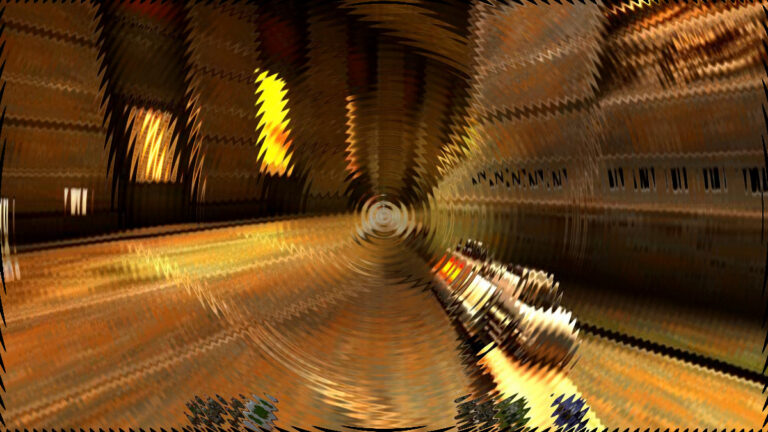SEATTLE—Last week's crowded, fun-filled PAX West 2022 expo was very different from the ghost town of its 2021 edition, which meant Ars Technica got to spend time with some of our favorite video game creators. You may have already seen our PAX West chat with the co-creators of the Monkey Island series, where we got a peek at Return to Monkey Island's new puzzles, jokes, and delectable animations. But that wasn't the only interview we conducted.
Below are two additional interviews based on highlights from our time at the four-day expo. Each comes from indie studios whose previous games have impressed: Yacht Club Games (Shovel Knight) and Squanch Games (Trover Saves the Universe). The interviews were conducted after I played each studio's new game, and I'll be back tomorrow to report on other gameplay highlights from the expo.
Mina the Hollower
(Release date TBD, platforms TBD | Official site)
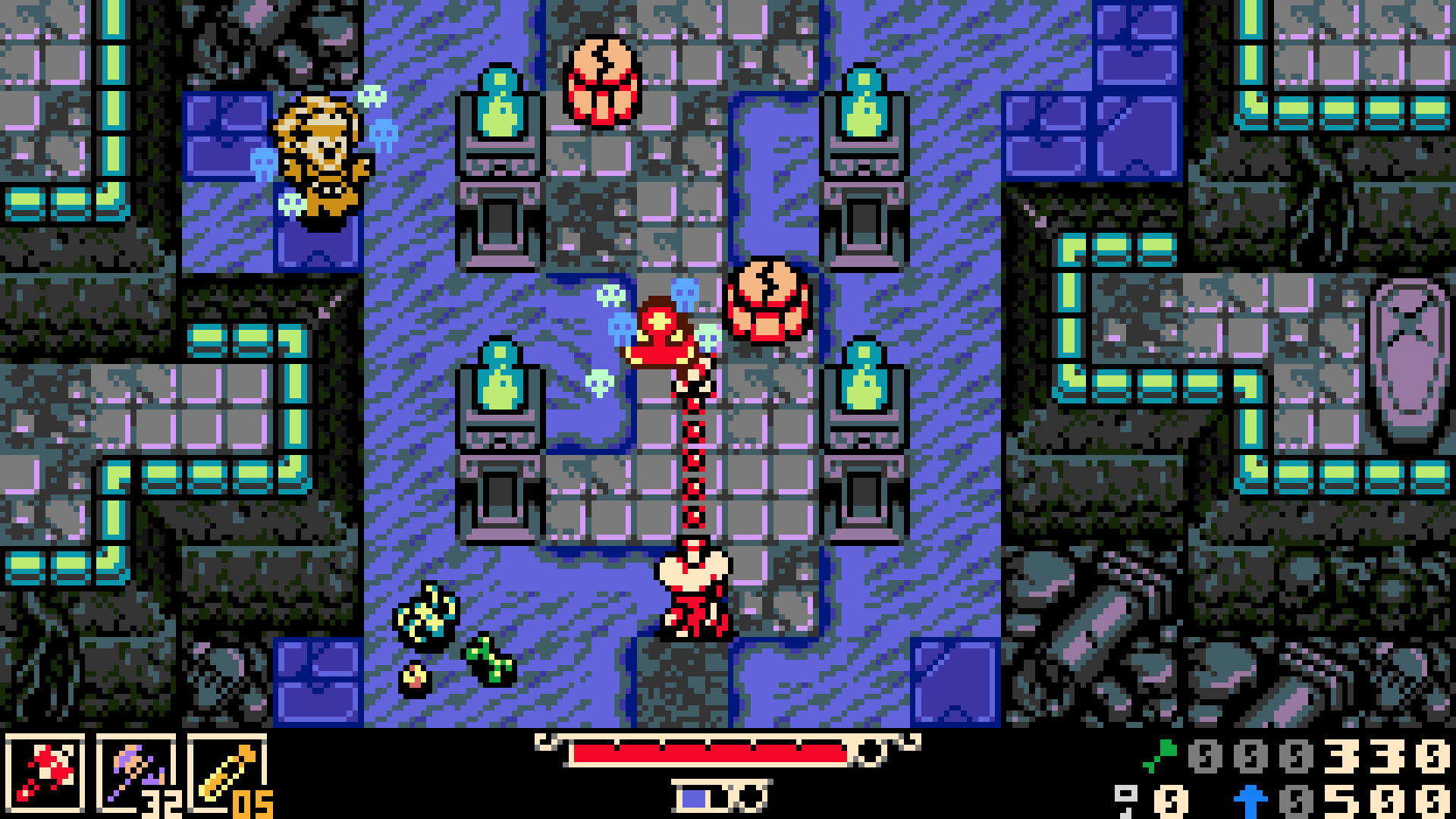
My favorite discovery at PAX West 2022 wasn't entirely surprising, as it hit many of my personal gameplay biases: a Game Boy Color aesthetic; a top-down adventure that recalls the three Game Boy-exclusive Legend of Zelda games; and the development chops of a studio like Yacht Club Games, which is best known as the creator of the incredible platformer Shovel Knight.
Still, Mina the Hollower's world gameplay premiere at PAX West included an element I wasn't suspecting: a healthy dose of NES-era Castlevania. As a result, Yacht Club's design philosophies veer from Link's Awakening to make this new game more of an action-first exploration game and less of a backtrack-heavy, "seek action" adventure.
The basic concept sounds pretty Zelda-like: Start from a central "hub" as a lowly, average adventurer (in this case, a timid mouse named Mina), then explore roughly eight zones in 2D, top-down fashion; each contains "overworld" and "dungeon" elements. Beat all of these levels to face a final challenge while getting stronger as you play.
But Mina the Hollower eschews the idea of an inventory that lets the hero solve puzzles and explore new zones along the way. Instead, progress is more like that in Zelda II: The Adventure of Link, where players pick which basic meters (damage, health, armor, etc.) to expand as they rack up experience points. (Also, as in Zelda II, each time you upgrade a meter, its next upgrade is more expensive, which may delay your progress if you want to go all-in on, say, attack power.)
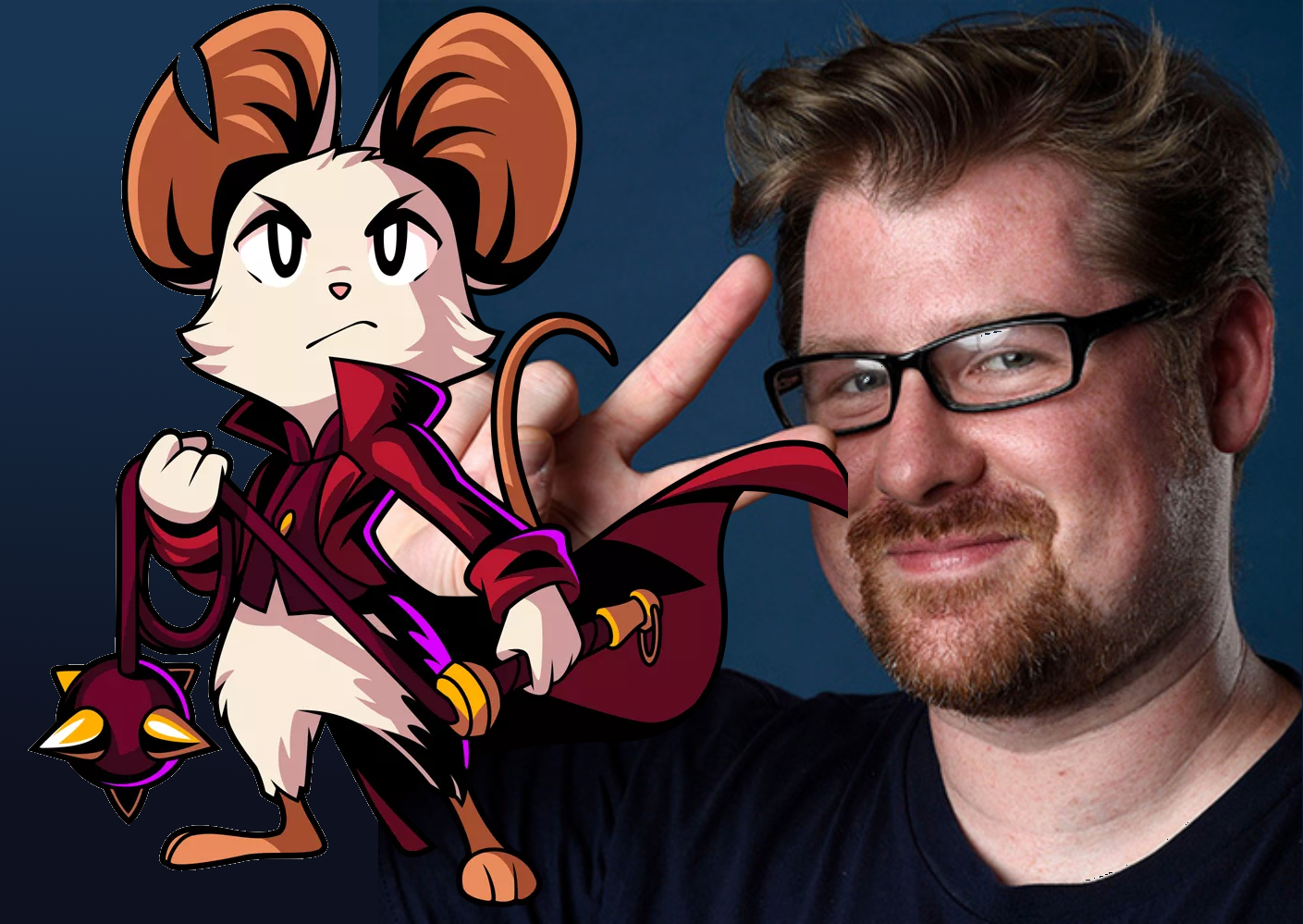
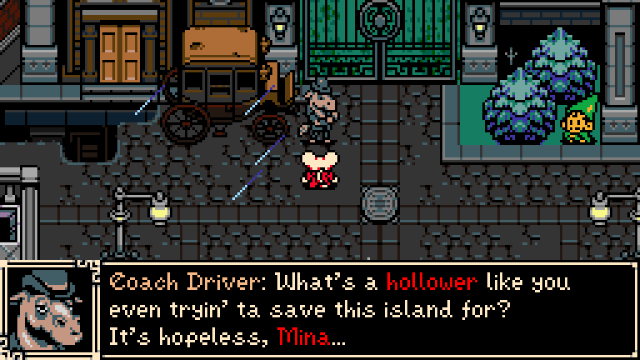
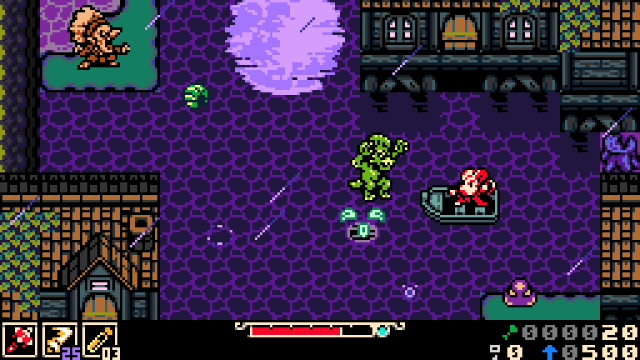
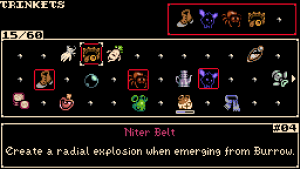
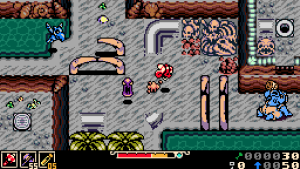
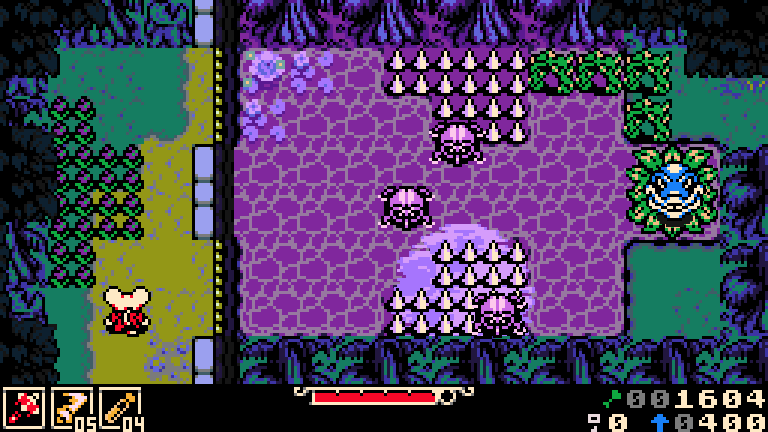
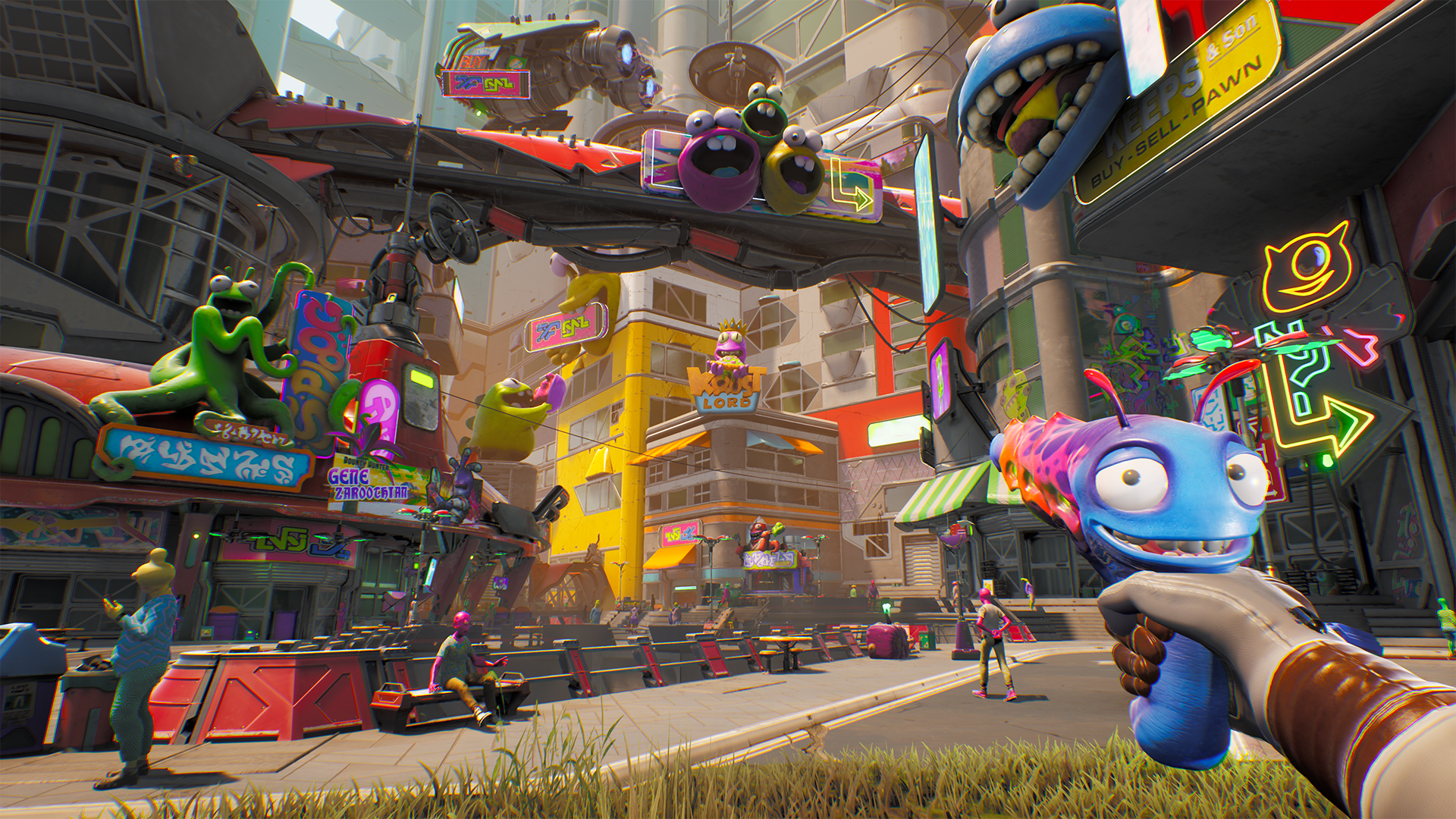
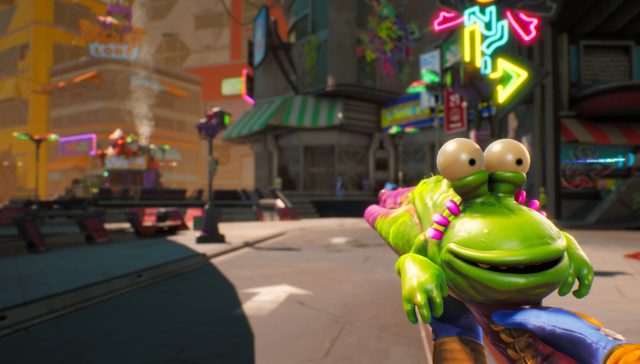
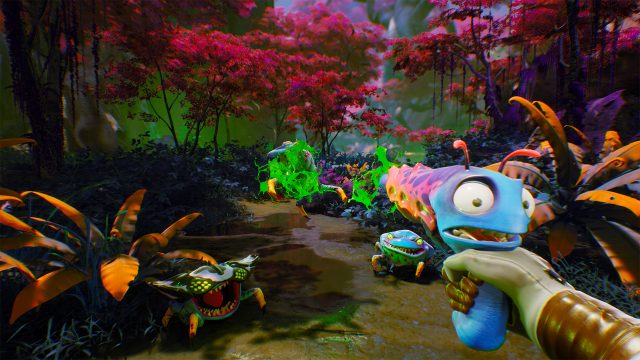
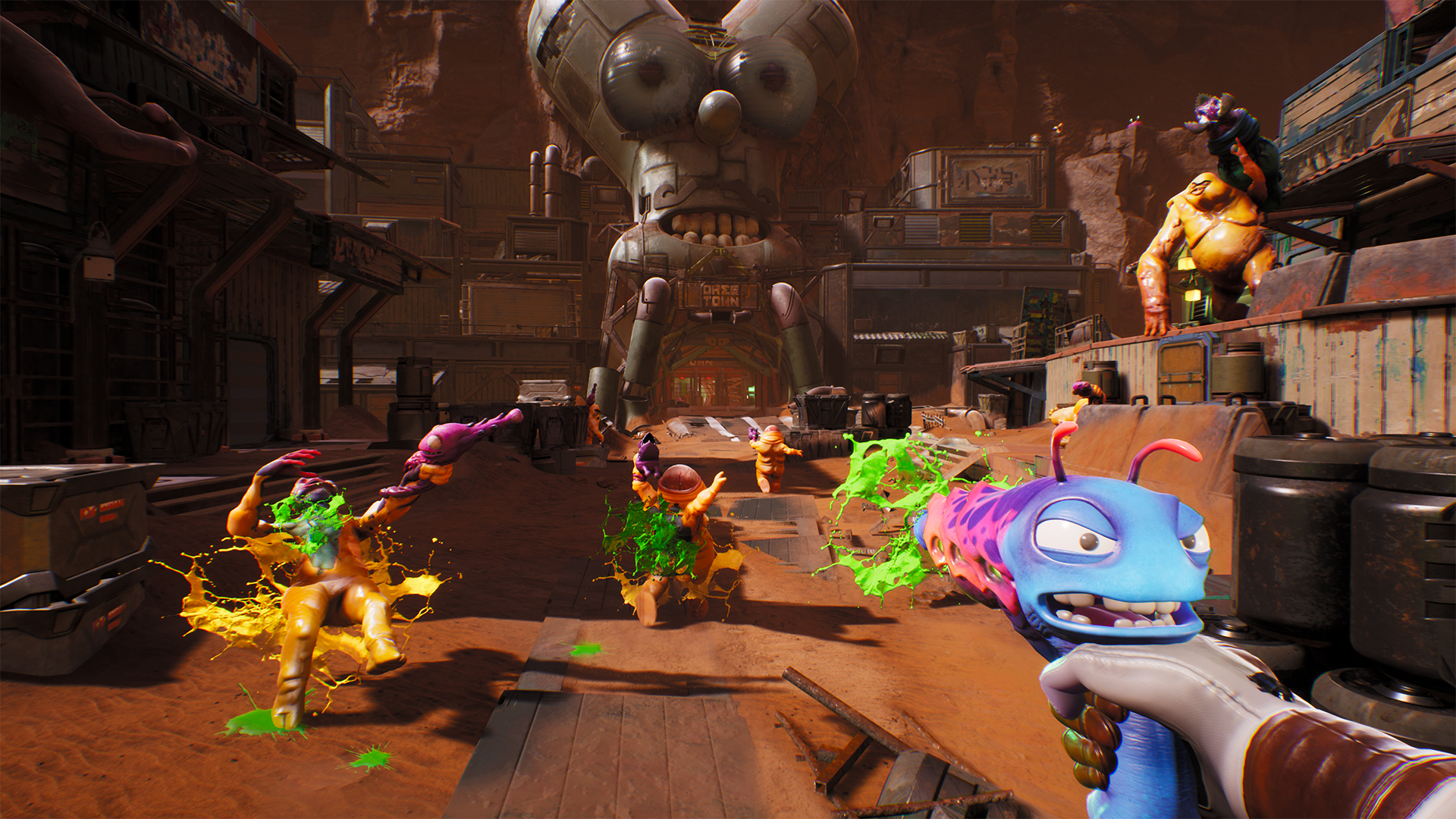

 Loading comments...
Loading comments...
